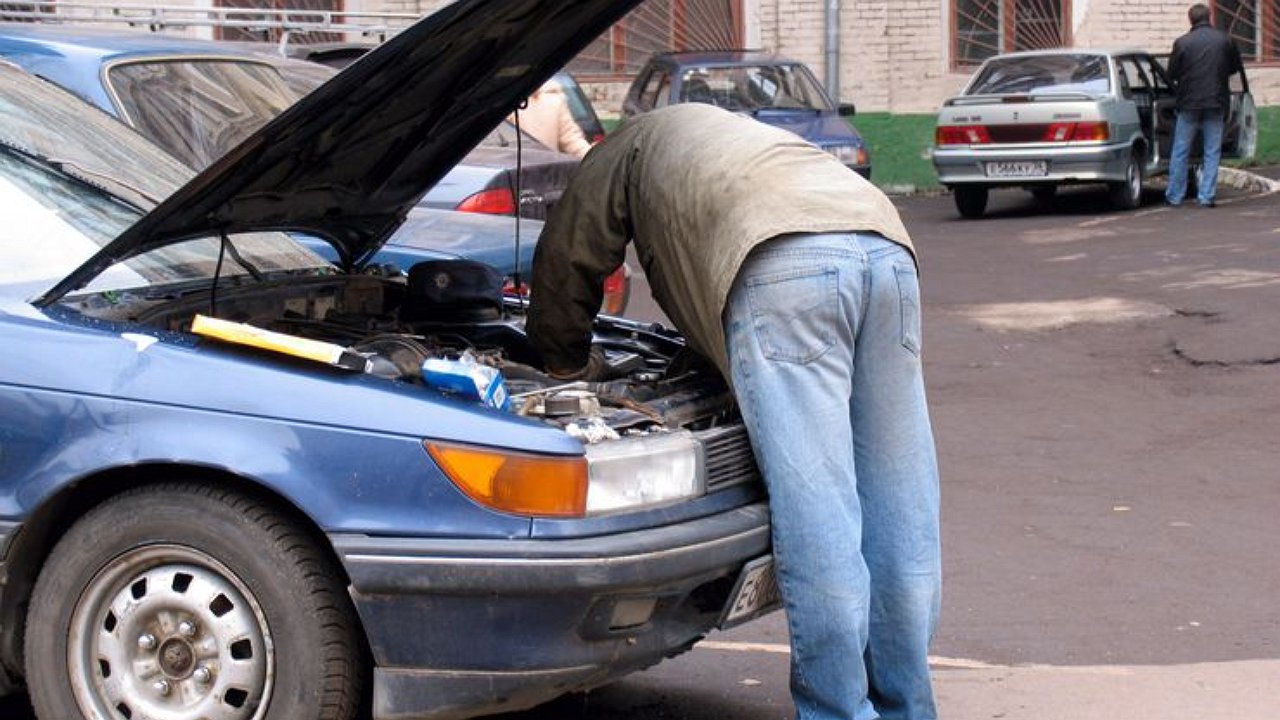Um, let’s cook: why are the cooling system pipes blown up?
- September 19, 2023
- 0
The engine cooling system of a car always gives in at the most inopportune moment: Friday traffic jam, last trip to the country, long-awaited vacation. On the one
The engine cooling system of a car always gives in at the most inopportune moment: Friday traffic jam, last trip to the country, long-awaited vacation. On the one

A car is a fickle thing. Especially if you treat it exclusively as a consumer: once the ‘iron horse’ realizes that it is just a transport from point ‘A’ to point ‘B’, problems start to arise from unexpected sources. A simple example is a cooling system consisting of a pump, radiator, expansion vessel and a closed circuit, part of which is rubber hoses. It couldn’t be simpler or more reliable, it seems. But the devil is in the details.
The increased pressure in the system is discharged through a valve located in the plug of the expansion tank or in the radiator. Has anyone recently replaced this plug? And who looked at it after first removing and descaling it? That’s all, as soon as it shoots, we will talk, as in the ancient wisdom about a rooster.
But the plug does not fail immediately: first it tries to live, periodically sticking. The pressure in the system is not released and the increased load falls on the next balancing unit: the hoses.
It is not without reason that they are made of elastic material: rubber. By stretching, the hoses can compensate for the overpressure in the system and do not react with steam to any malfunctions. Over and over again, day after day, they stretch and swell. This does not happen so quickly, because the rubber in it is reinforced, reinforced with a cord of special threads. But one day it will happen: when the snake swells, it deforms. And this is visible to the naked eye.
Noticing that the hose has already acquired a new appearance (fortunately, they are all clearly visible), an experienced driver will immediately understand two truths: it is time to replace both the hoses, they are worn, and the radiator cap or expansion tank, depending on the engine cooling system. One without the other is money down the drain because both elements are already defective.
In addition, replacing one hose is also a pointless exercise: the system was subjected to higher loads, as a result of which each of its elements suffered. The aluminum radiator and plastic expansion tank probably survived. But this is not certain – it is better to inspect and check. It will not be superfluous.

A car is a fickle thing. Especially if you treat it exclusively as a consumer: once the ‘iron horse’ realizes that it is just a transport from point ‘A’ to point ‘B’, problems start to arise from unexpected sources. A simple example is a cooling system consisting of a pump, radiator, expansion vessel and a closed circuit, part of which is rubber hoses. It couldn’t be simpler or more reliable, it seems. But the devil is in the details.
The increased pressure in the system is discharged through a valve located in the plug of the expansion tank or in the radiator. Has anyone recently replaced this plug? And who looked at it after first removing and descaling it? That’s all, as soon as it shoots, we will talk, as in the ancient wisdom about a rooster.
But the plug does not fail immediately: first it tries to live, periodically sticking. The pressure in the system is not released and the increased load falls on the next balancing unit: the hoses.
It is not without reason that they are made of elastic material: rubber. By stretching, the hoses can compensate for the overpressure in the system and do not react with steam to any malfunctions. Over and over again, day after day, they stretch and swell. This does not happen so quickly, because the rubber in it is reinforced, reinforced with a cord of special threads. But one day it will happen: when the snake swells, it deforms. And this is visible to the naked eye.
Noticing that the hose has already acquired a new appearance (fortunately, they are all clearly visible), an experienced driver will immediately understand two truths: it is time to replace both the hoses, they are worn, and the radiator cap or expansion tank, depending on the engine cooling system. One without the other is money down the drain because both elements are already defective.
In addition, replacing one hose is also a pointless exercise: the system was subjected to higher loads, as a result of which each of its elements suffered. The aluminum radiator and plastic expansion tank probably survived. But this is not certain – it is better to inspect and check. It will not be superfluous.
Source: Avto Vzglyad
Donald Salinas is an experienced automobile journalist and writer for Div Bracket. He brings his readers the latest news and developments from the world of automobiles, offering a unique and knowledgeable perspective on the latest trends and innovations in the automotive industry.